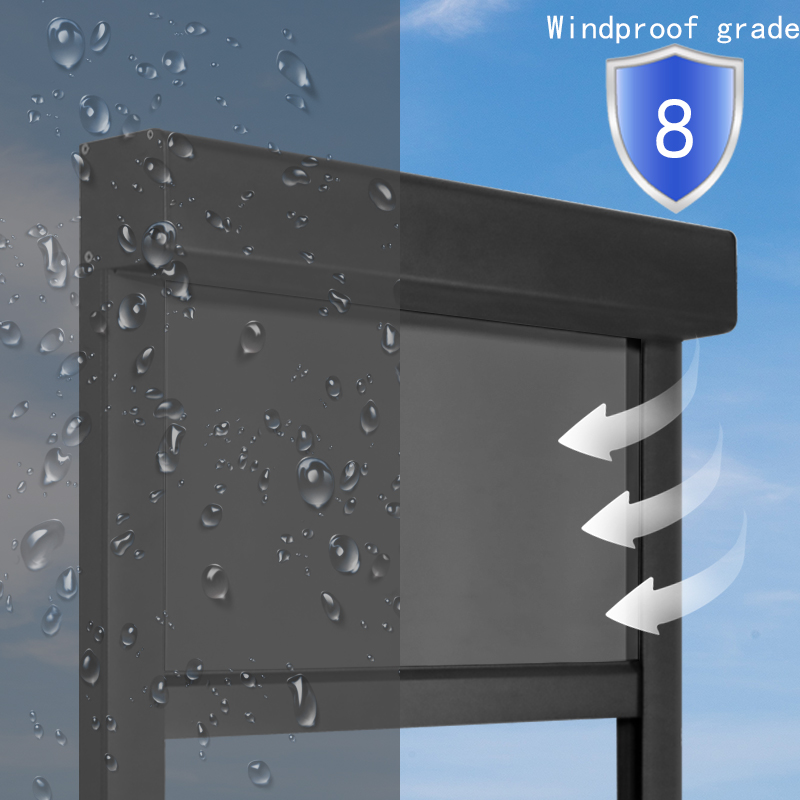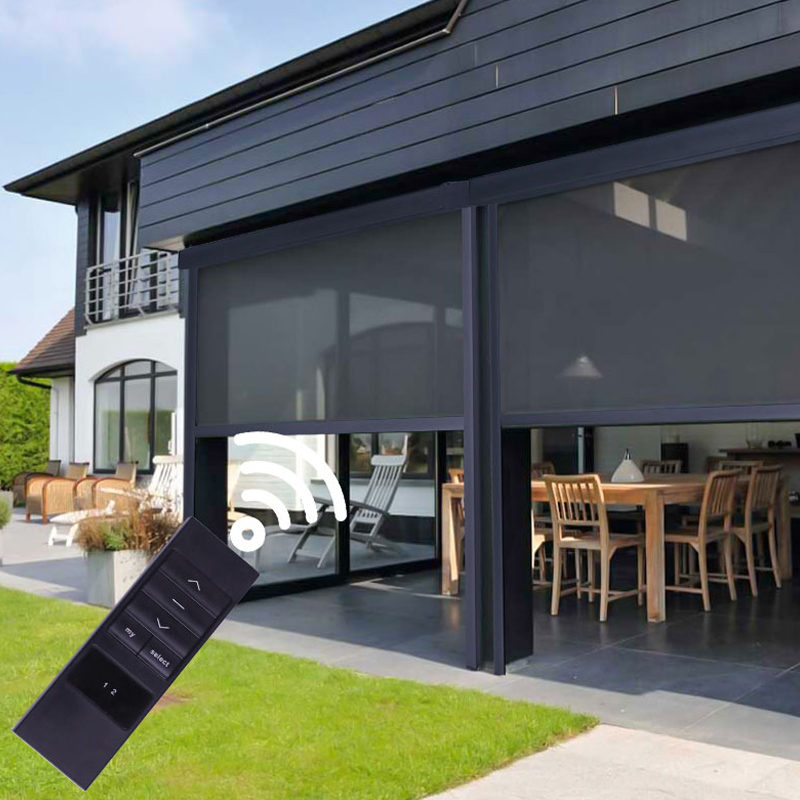Outdoor sunscreen fabric is specifically designed for use in outdoor settings, particularly for applications like awnings, umbrellas, patio shades, and outdoor furniture upholstery. This type of fabric is engineered to withstand the harsh elements of the outdoors, including sunlight, moisture, and temperature fluctuations. Here are some key characteristics of outdoor sunscreen fabric:
UV Protection: Outdoor sunscreen fabric typically provides excellent protection against harmful UV rays from the sun. It helps to block a significant amount of UV radiation, thereby reducing the risk of sun damage and fading of outdoor furniture and surfaces.
Durability: This type of fabric is constructed to be durable and long-lasting, able to withstand exposure to sunlight, rain, wind, and other outdoor elements without deteriorating or losing its structural integrity.
Weather Resistance: Outdoor sunscreen fabric is often treated or manufactured to be water-resistant or even waterproof, making it suitable for use in rainy or humid climates without becoming waterlogged or developing mold or mildew.
Breathability: Despite its weather resistance, outdoor sunscreen fabric is often designed to be breathable, allowing air to flow through it to prevent heat buildup and maintain comfort in outdoor spaces.
Fade Resistance: Many outdoor sunscreen fabrics are engineered to be fade-resistant, meaning they retain their color and vibrancy over time, even when exposed to prolonged sunlight.


Easy Maintenance: Outdoor sunscreen fabric is typically easy to clean and maintain, often requiring simple routine care such as occasional brushing or hosing off with water.
Common materials used in outdoor sunscreen fabric include acrylic, polyester, and solution-dyed acrylic fibers, which offer a combination of durability, UV resistance, and colorfastness. When selecting outdoor sunscreen fabric, it's essential to consider factors such as intended use, climate conditions, desired level of UV protection, and aesthetic preferences.
Outdoor sunscreen fabric often comes with a measure of openness, which refers to the degree of visibility and light penetration the fabric allows. A 3% openness indicates that the fabric's weave or construction allows approximately 3% of light to pass through while blocking the remaining 97%. Here's what this percentage typically implies:
Visibility: Outdoor sunscreen fabric with 3% openness provides moderate visibility. It allows some view of the outdoor surroundings while still offering privacy and protection from direct sunlight.
Light Penetration: With a 3% openness, the fabric blocks the majority of sunlight, making it effective at reducing glare and UV exposure while maintaining a comfortable level of natural light indoors or under a shade structure.
Contact Person: Bonnie Xu
WhatsApp: +86 13730631246
WeChat: +86 15647220322
E-mail: bonnie@groupeve.com
Post time: May-08-2024







